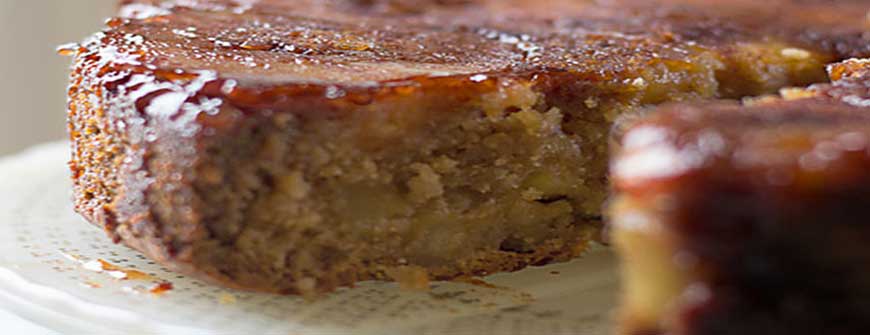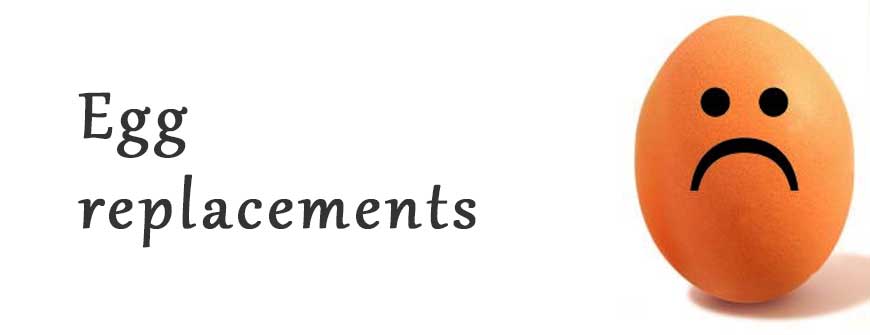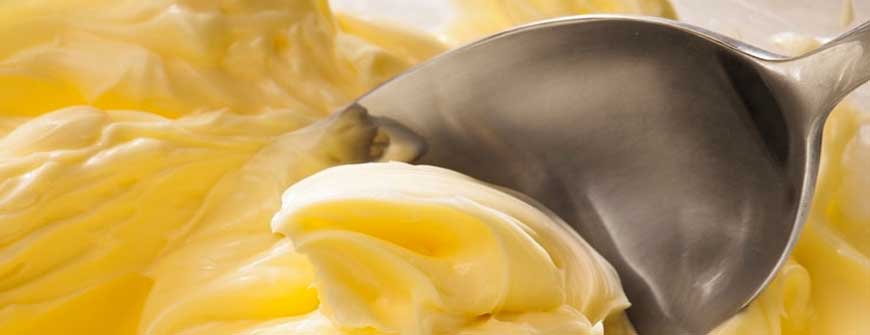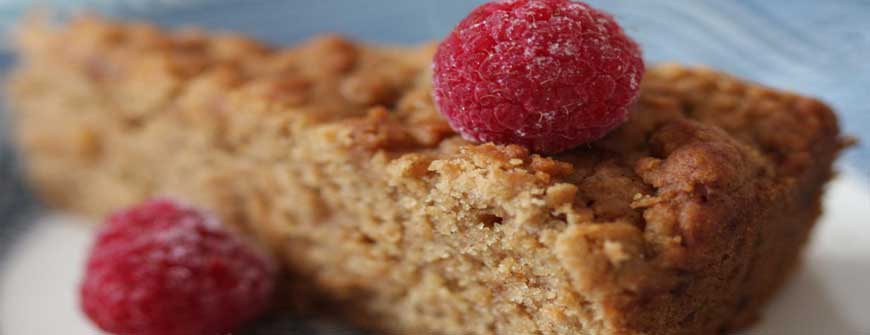If baking is science, then does it make vegan and gluten free baking rocket science?
Well, it doesn’t have to be. Here’s the ultimate guide to gluten-free, vegan baking. Within no time, you’ll bid adieu to the dull, bland, rock-hard vegan cookies and gluten-free cakes and you’ll be baking culinary masterpieces that will be difficult to believe that they are VGF (vegan and gluten-free).
Vegan and Gluten-free Baking: An Introduction

Whether it’s for dietary reasons or personal preferences, many people today are switching over to VGF goodies. We’re pretty sure that you have heard the saying, “Cooking is an art, but baking is a Science.” This makes it doubly difficult to replace baking staples like flour, butter, eggs for dairy-free and animal-free options.
Simply put vegan baking doesn’t involve any animal products and gluten-free baking doesn’t make use of any flours that have gluten in them.
The first step to VGF baking is to unlearn all that you have practiced for so long in traditional baking. Throw away the old rules, and it’s time to embrace some new ones.
Replacing Ingredients

The first rule to VGF baking is that you can no longer use regular baking ingredients that are sourced from animals and those that contain gluten. To master this art, you have to be well-versed in replacements.
1.Flour

This is one of the trickiest aspects of gluten-free baking. While flour is allowed in vegan baking, it isn’t permitted in gluten-free goodies. Gluten is a protein that is present in flour. This is what gives the elasticity and stretchiness to the dough. It helps to create the perfect texture in cakes and cookies that we all adore.
When replacing the all-purpose flour or cake flour with gluten-free options, it’s ideal if you can use two or more gluten flours instead of a single one. This ensures that the end product isn’t overpowered by the flavour of anyone flour and also ensures to keep the baked goodies light.
To increase the protein content
You can up the protein of your dish by using gluten-free proteins like fermented vegan proteins along with the GF flour.
To increase stretchiness of the Dough
Starch is the ingredient that is responsible for the stretchiness of the dough. This is what’s missing in GF flours. You can increase the starch quotient by adding gum to the flour, to bring in the much-needed lightness. GF treats often are dense and heavy. To offset this, add half to one teaspoon of xanthan or guar gum to every cup of flour.
Some Gluten-free Flour Options include
● Almond flour
● Quinoa flour
● Brown Rice flour
● Buckwheat flour
● Millet flour
● Sorghum flour
Gluten-free Starch and Gum options
● Tapioca starch
● Arrowroot powder
● Potato starch
● Guar gum
● Xanthan gum
2. Eggs

Before you replace eggs, you must first figure out the role of eggs in the recipe. Is it used as a binding agent (for helping ingredients stay together, like in a mousse or pudding) or is it used as a leavening agent (for making the goodies rise, like in a cake or cookie)? Once you have figured out the purpose, you can make the right substitution.
- ◈ As a binding agent – Try to replace each egg with 1 to 2 tablespoons of protein powder. Start with small amounts, and you can add more if needed. This helps to prevent the ingredients from forming clumps.
- ◈ As a leavening agent – Try to use baking powder or baking soda instead of eggs. Both these agents create carbon-di-oxide and help in making the batter rise. The ratio for replacement is as follows. For every egg, use
- 2 Tsp of baking soda + 2 Tbsp of warm water
- Or
- 1 Tsp of baking powder + 1 Tsp of vinegar
3. Dairy

Due to the availability of several options, replacing dairy products is easier when compared to flour and eggs. You can switch out cow’s milk for a wide variety of gluten-free and vegan options. Before you replace milk, you have to consider the texture of the baked treat.
For instance, if you wish to achieve a creamy, thick texture, then opt for soy or coconut milk. Hemp and almond milk work better for airy and light desserts. Always look for unsweetened milk alternatives. This way you can control the overall sweetness of the end product.
4. Butter

Just like milk, it’s often easy to replace butter. You can choose from a wide variety of oils and fruit purees. Coconut oil is by far the best option to swap butter. It has a creamy texture that is akin to that of butter. Other oils like grape seed oil or virgin olive oil can also be used.
When using these oils try to limit quantities. For instance, if your recipe calls for 1 cup of butter, then replace it oil that is 1-3 tablespoons lesser than a cup.
Apart from oil, you can also make use of fruit purees in place of butter. They are an excellent way to cut back on calories without sacrificing the flavour. Banana, apple, and pumpkin are great options. When you replace the fat with fruit puree, always start with a small amount. For instance, if your recipe uses 1 cup of butter, then you may initially add ½ cup of puree. Check out the texture and taste and gradually add more, till you achieve the desired texture.
Gluten-free and Vegan Baking Tips

Here are some tested and tried tips to make you an expert VGF baker in no time.
1. Increase the amount of leavening agents
One of the biggest complaints people have about VGF baked treats is that they are pretty dense. You can overcome this issue by increasing the baking powder and soda in your recipe by 25%. Pull out the calculator on your phone and multiply the specified amount by 1.25.
For instance, if your recipe calls for 2 Tbsp of baking powder, then multiplying it by 1.25 gives you 2.5. This means you should add increase the amount to 2.5 Tbsp instead of 2 Tbsp.
2. Smaller is better
VGF goodies tend to crumble. Hence, try to make smaller goodies to make them stick together and to avoid crumbling. Try to use smaller pans and moulds. This means mini cookies, small loaves of bread and mini cupcakes work better in the VGF kitchen.
3. Don’t throw away your “Mistakes”
Dismayed by the results of your VGF baking? Before you chuck away the broken, crumbly goodies, here’s an easy way to use them. If you have sweet crumbles, you can sprinkle it as toppings on other treats like cakes, cupcakes or even on your breakfast cereal. Savoury crumbles can be blended in a food processor and used in place of bread crumbs.
4. Stick to lower baking temperatures
VGF goodies tend to brown quicker than usual baked goodies. So if you don’t want to end up with black, sooty products, try to reduce your oven’s temperature by 25 degrees. So, if a recipe calls for baking at 200°, then setting your oven to 175-180° is a good idea.
5. Lay perfectionism to Rest
While you may have been a perfectionist in regular baking, it’s a good idea to set aside those principles while doing VGF baking. Remember that you’re venturing into a new zone and its ok if the end products don’t turn out picture-perfect. What matters are the effort and the happiness you get from not using gluten and animal products.
Practice makes perfect

Vegan and Gluten-free baking involves plenty of trial and errors. It may take time, but with practice, the road ahead gets easier and better. Don’t stress over your mistakes. If VGF attempts give you lemons (hard cookies and cakes), turn them into lemonade (bread crumbs). Have patience, and in no time you’ll be creating cakes, cookies, pies, and bread, that no one will believe are vegan and gluten-free.
Article is authored by an Experienced Baker. GurgaonBakers has the specialization in Vegan and Gluten-free Baking. We are available at 989-9988-185 and online URL is www.gurgaonbakers.com.

